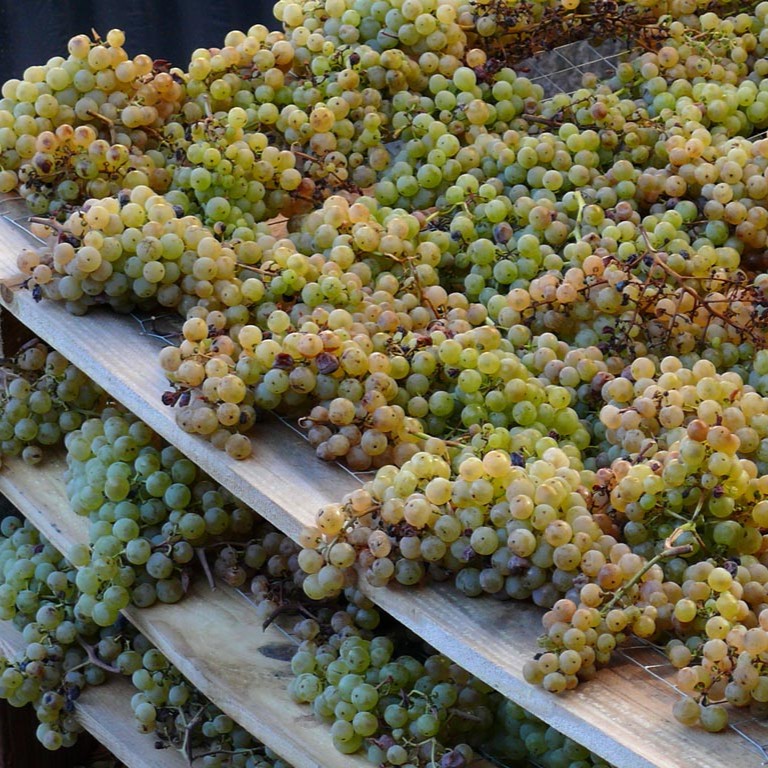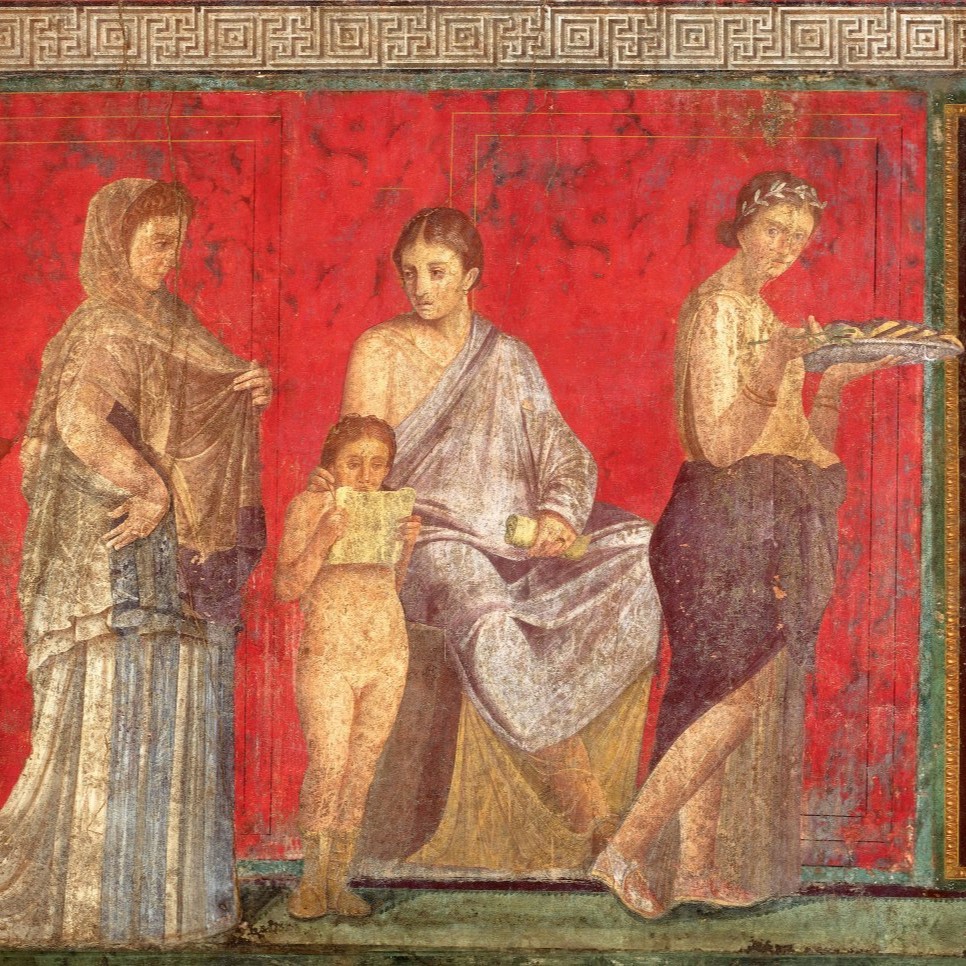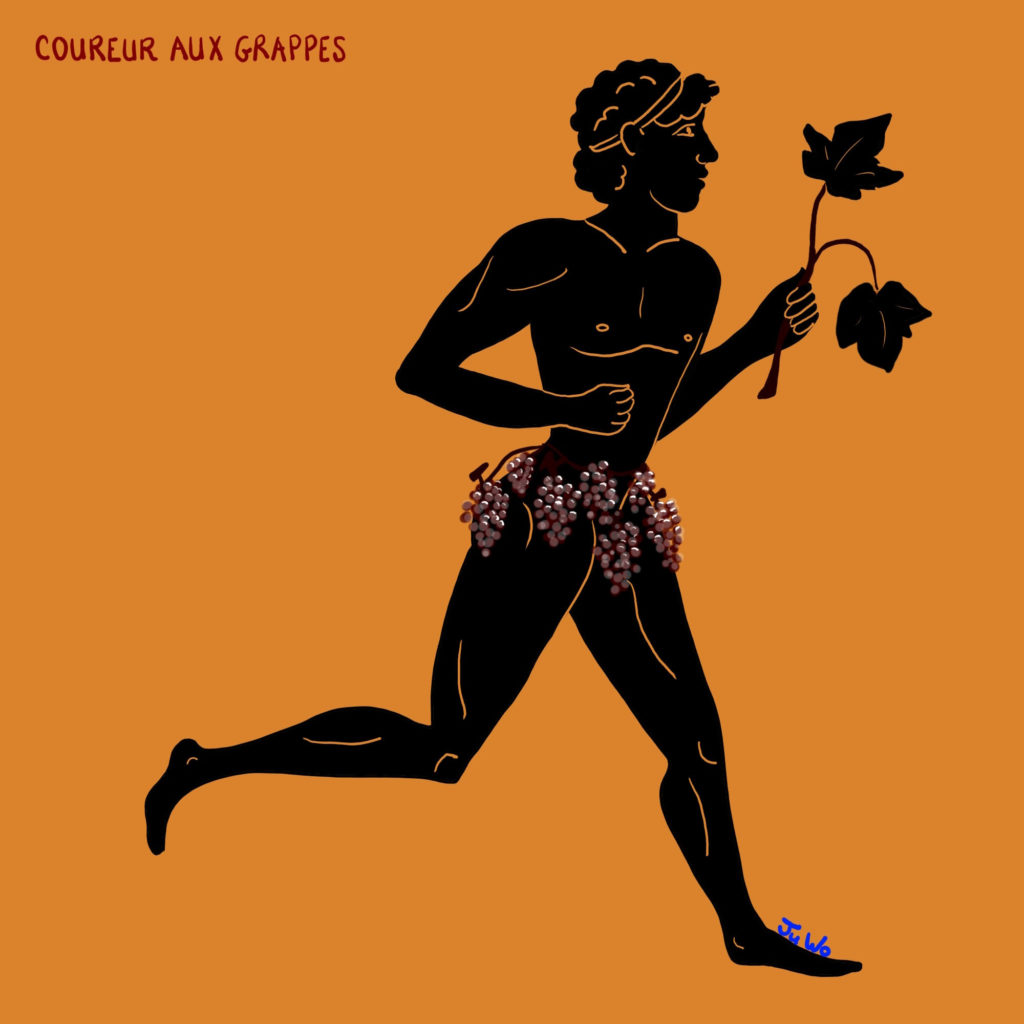Translated from french with Deepl (please notify us of errors)

Lentils have been cultivated since the birth of agriculture in Mesopotamia, around 10,000 years ago. With their rich nutritional qualities (in particular their high protein content), these leguminous plant seeds were part of the staple diet of all ancient peoples: Egyptians, Jews, Greeks and Romans. We all know the biblical story of Esau who, returning hungry to the family tent, swapped his birthright for a plate of lentils.[1]
But lentils don’t just appease hunger. Pliny the Elder noted their curative qualities: they were said to heal ulcers of all kinds and to keep the eater in good spirits.[2]
A substitute for meat for the poor, lentils were often scorned by the rich… It was probably not a refined enough dish for Apicius, who only gave three recipes for it.[3]
Both essential to the lives of the ancients and too common to be considered, lentils are bathed in a complex and ambivalent symbolism.
The Underworld and wealth
They are associated with mourning and the god of the Underworld, Pluto to the Romans. However, this divine name is of Greek origin and means ‘the rich’ (Πλούτων), as he also watched over underground riches, gold and other precious metals… Similarly, the shape (and sometimes the colour) of the lenses were reminiscent of coins.
So it was customary for the Romans to give themselves a purse of lentils at the winter solstice as a good-luck charm, a symbol of fertility, abundance and wealth.
This tradition has been maintained along the Mediterranean coast, for example in Provence (France), where the seeds are germinated and the shoots then adorn the tables.
Cotechino con lenticchie
But it’s in Italy, particularly in the north, that lentils have kept their lucky charms: they’re a must on the table on New Year’s Eve or New Year’s Day, accompanied by the famous cotechino or zampone, pork sausages typical of the Modena region.
As the Italian saying goes: Lenticchie a capodanno, fortuna tutto l’anno![4]
[2] Pliny the Elder, Natural History, Book XVIII, 31: invenio apud auctores aequanimitatem fieri vescentibus ea, “I find among authors that lentils give equality of temper to those who eat them” and Book XXII, 70.
[3] Apicius, De Re Coquinaria, Book V, Chapter 2: Lentils with cardoon stock (183), lentils with chestnuts (184), another lentil recipe (185).
[4] “(Eating) lentils at New Year’s, (brings) good luck for the whole year!”
Other articles in English from the Nunc est bibendum blog








